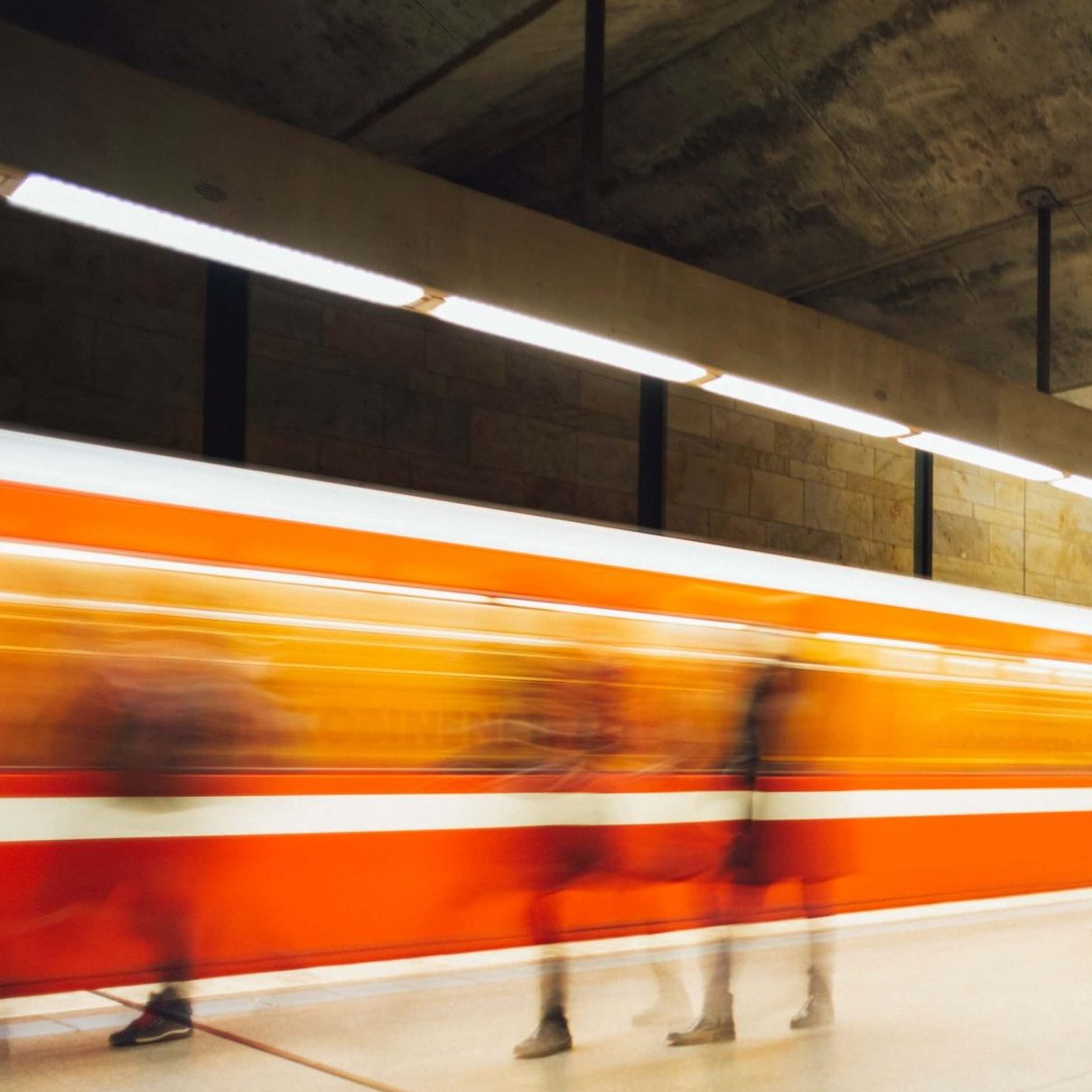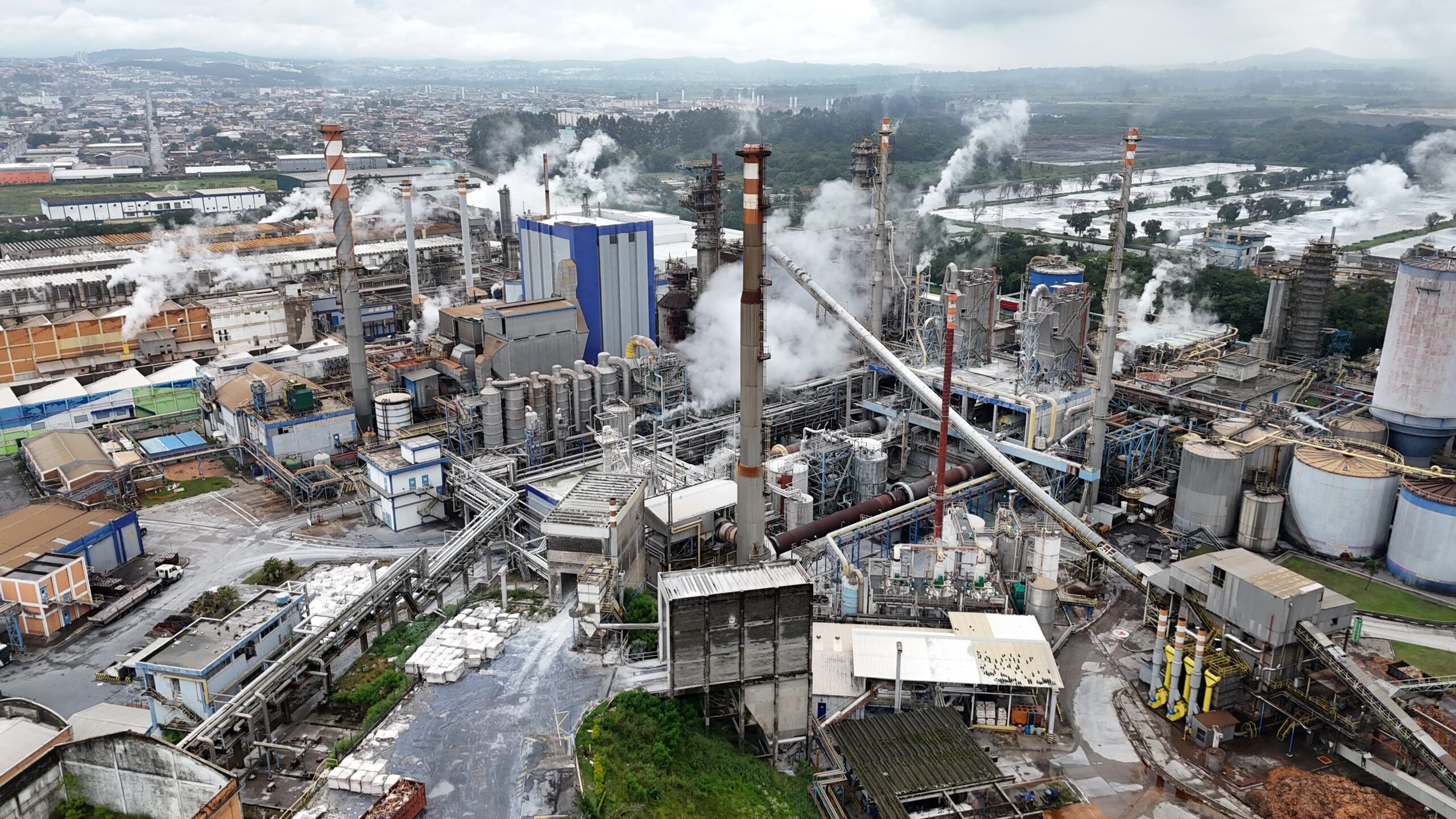Cities
New construction modes

There are new modes of construction: 3D printing of homes or collaborative design of cities.
Get to know some of these new modes of construction: the 3D printing of homes or the collaborative design of cities.
3D Printing
“Space matters, so you have to use it more efficiently. Soon we will be talking about houses built with 3D printing in the United States,” continues Anita Roth.
The 3D printing of homes is already a reality. The Valencian startup BeMore, for example, sells them for about 50,000 euros: the firm prints the personalized design by the client on the land that he provides in about 24 hours.
China is very advanced in this field: four years ago a 3D printer was presented capable of building ten houses of 200 square meters in a single day. The responsible company, WinSu, has even overcome the obstacle of height (this type of prefabricated housing is usually horizontal) by printing a five-storey building.
The 3D printing of homes allows:
- Lower costs.
- Use less polluting and even recycled materials.
- Much less pollution in the construction process.
- Optimize the energy expenditure of the house.
- Use new materials such as translucent hormone and self-repairable hormone.
“The use of recycled materials in design and construction is one of the great future trends that we see in the medium and long term,” says Chris Johnson, executive director for the Middle East of the architecture, urbanism and design firm Gensler.
Collaborative design modes
The emergence of new technologies and the greater involvement of actors in their environment are resulting in collaborative urban design experiences. The involvement of the public, private and citizens themselves can help to develop urban planning better suited to the needs of city dwellers.
The innovative initiatives of Quadruple Hélice (companies, universities, governments and citizens) around urban design are multiplying: one of the most conceptually advanced initiatives worldwide is that of the Smart Social City Knowledge Centers, promoted by the Spanish company Smart Social City.
The following video briefly explains the concept:









